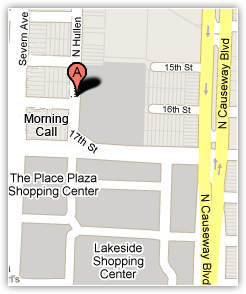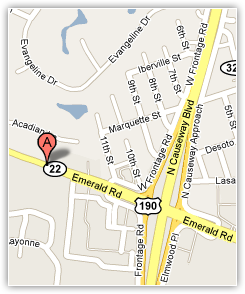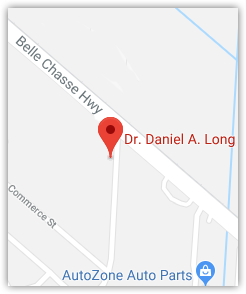Glaucoma is one of the leading causes of blindness in the United States and the single most common cause of blindness in African-Americans. Glaucoma has often been referred to as “the silent thief of sight” since most people with the disease are unaware that they have it until detected by an eye physician. It may cause permanent vision loss if not detected and treated early. Since the damage caused by glaucoma is irreversible, early detection is extremely important.
Glaucoma occurs when pressure within the eye is elevated enough to cause progressive damage to the optic nerve. This first results in loss of peripheral vision and then, in the later stages, loss of central vision.
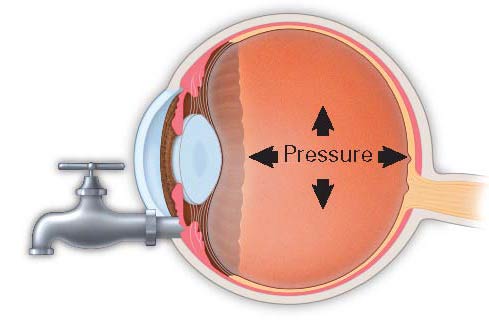
There are several risk factors that increase a person’s chance of developing glaucoma. They include increasing age, African-American heritage, family history of the disease, high blood pressure, diabetes, long-term steroid treatment, nearsightedness, and eye injuries.
A comprehensive eye examination is the first step in detecting glaucoma. During this exam, the doctors at Caplan Eye Clinic will perform several tests that will provide clues as to whether or not a person is a “suspect” for the disease. One such test is tonometry, better known as “the eye pressure test.” Elevated intraocular pressure is one of the first signs of glaucoma. However, sometimes patients may have normal eye pressure and still have glaucoma. That is why it is important for the doctor to perform a dilated retinal exam, which allows an evaluation of the optic nerve. The appearance of the optic nerve is another key factor in diagnosing glaucoma. Once the doctor deems the patient a “glaucoma suspect,” various tests are performed. One of the newest high tech instruments for evaluating and following glaucoma is the Heidleberg Retinal Tomogram (HRT). This device performs a laser scan of the optic nerve in just a few seconds in our office. It provides a very detailed evaluation of the health of the optic nerve. Another test that we perform is the visual field test. This test is a very sensitive way of evaluating peripheral vision and, hence, detecting glaucoma. The earlier the disease is detected, the better chance a person has for preserving his or her vision.
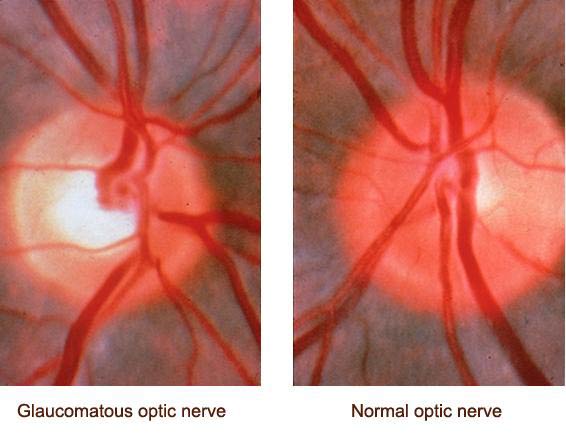
The goal in glaucoma treatment is to prevent further optic nerve damage and visual field loss by lowering intraocular pressure. This is achieved either by medication (usually in the form of eye drops) or by surgery (primarily in the form of laser). Drops are the first type of therapy instituted in most cases. The newest and most effective laser treatment for glaucoma is Selective Laser Trabeculoplasty (SLT). In just a few minutes right in our office, SLT laser may be performed to better control glaucoma.
At Caplan Eye Clinic, we have always invested in the latest proven technology to enhance and preserve eyesight.
Once target intraocular pressure has been reached, it will usually be monitored every 3-4 months. A dilated retinal exam and a visual field test will need to be performed yearly to monitor any disease progression. These follow-up appointments are very important in the proper management of glaucoma.
For more information about glaucoma, or to schedule an eye examination, call Caplan Eye Clinic at 504-888-2600 to schedule at one of our three locations (Metairie, Mandeville, or Gretna).















